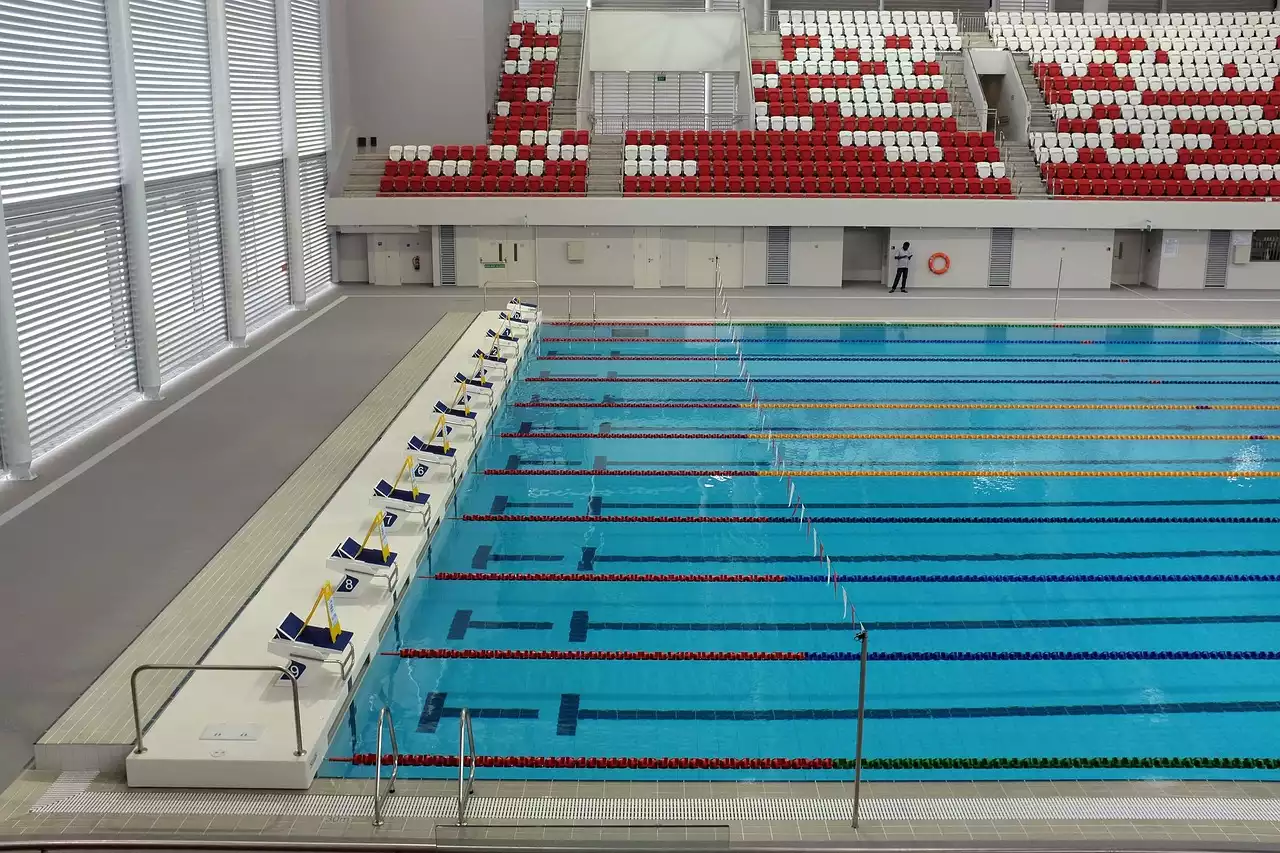Importance of Preparation for Relay Events
Before you can start to think about the race itself, you must be adequately prepared for the event you are taking part in. This means that you need to ensure that you have had enough time to train and practice your swimming technique. It is also important to ensure that you have the correct equipment, such as a swimsuit, goggles, and swim cap, as this will help to make sure that you are as safe and comfortable as possible during the relay.
It is also important to make sure that you are familiar with the rules and regulations of the event you are taking part in. Make sure that you have read through the rules carefully and that you fully understand what is expected of you. This will ensure that you are not caught out on the day of the race and can focus on the task at hand.
Finally, make sure that you are aware of the course that you will be swimming in. If possible, try to get out and practice the route before the event so that you can become familiar with any turns or obstacles that may be present. This will help you to feel more confident and prepared when it comes to the actual event.
Types of Relay Events
Now that you have a better understanding of the importance of preparation for relay events, let's take a look at the different types of relays available. The most common type of relay is the four-person relay, in which each swimmer completes one leg of the race. This type of relay can be used in both short- and long-distance events.
Another popular type of relay is the medley relay, which consists of four swimmers each completing a different stroke. This type of relay is usually used in short-distance events and can be a great way to demonstrate teamwork and coordination.
Finally, synchronized swimming is becoming increasingly popular and can be a great way to showcase your aquatic skills. This type of relay involves two or more swimmers performing a routine together, with each swimmer completing the same sequence of movements.
Training Tips for Relay Swimming
Now that you know the different types of relays available, it is important to understand the training that you need to undertake to ensure that you are ready for the event. Firstly, it is important to develop a strong aerobic base so that you have the endurance required for the race. This can be achieved through regular swimming sessions, focusing on increasing your speed and endurance.
It is also important to focus on technique. Make sure that you are familiar with the different strokes used in the relay and practice your technique with each one. This will ensure that you are as efficient as possible in the water and will help you to maintain your speed throughout the race.
Finally, make sure that you are familiar with the rules of the event. This may involve familiarizing yourself with the start, finish, and transition points, as well as any other rules specific to the event. This will ensure that you are aware of what is expected of you, both in the pool and on the deck.
The Different Strokes Used in Relay Swimming
Before you can start to think about the race itself, it is important to understand the different strokes used in relay swimming. The most common stroke used in relay events is the freestyle, which is the fastest and most efficient stroke for long-distance events. The other strokes used in relay events include the backstroke, breaststroke, and butterfly.
The freestyle is the most commonly used stroke in relay events as it allows swimmers to move quickly through the water with minimal effort. The backstroke is also a popular stroke in relays as it is relatively easy to master and helps to keep swimmers in a straight line. The breaststroke is often used in short-distance events, as it is slower than the other strokes but is still relatively efficient. Finally, the butterfly is the most difficult stroke to master but is the fastest of all the strokes and is often used in shorter-distance events.
Tips for Navigating a Relay Race
Now that you know the different strokes and have chosen your team, it is time to start thinking about the race itself. The key to success in a relay event is to remain focused and maintain your speed throughout. Make sure that you are aware of the start and finish points and that you are aware of when it is your turn to start.
It is also important to remain aware of the swimmers around you and to watch out for any obstacles that may present themselves during the race. This is especially important in longer-distance events, as there are more opportunities for something to go wrong.
Finally, it is important to stay motivated throughout the race. Have a plan for how you are going to tackle the race and make sure that you are pushing yourself to maintain your speed. If you start to slow down, make sure that you are taking regular breaks and staying hydrated.









